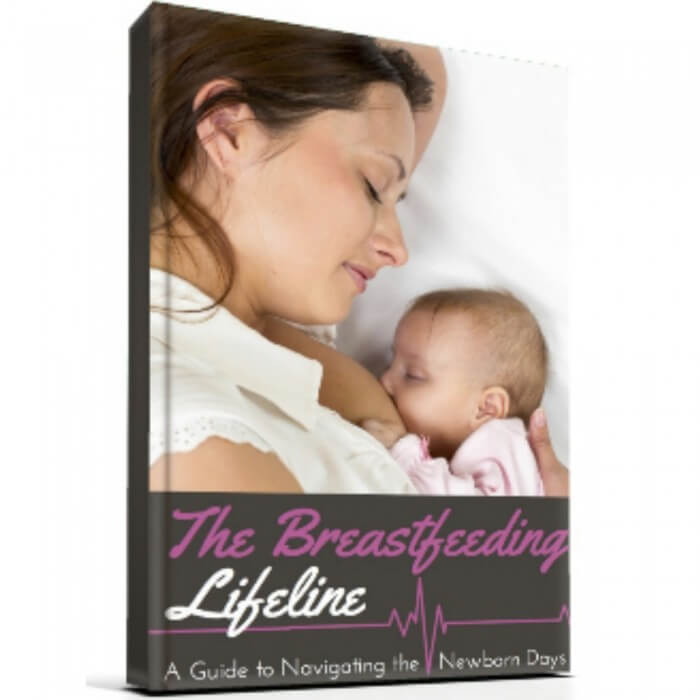The placenta is one of the most wondrous things about birth. Once baby is born, many people sigh relief and move on, signaling the end of the giving-birth experience. But that organ that nourished your baby for their entire life until he or she came earth-side can help mama, too. Among other things, placenta consumption can boost breast milk production.
Placentaphagy: the act of placenta consumption
It’s not as weird as it sounds. Many mammals consume the placenta after birth. Human placentaphagy has been around for hundreds of years, typically used in Chinese medicine for healing.
These days there are more ways to consume your placenta than there are ways to brush your teeth. It’s not just about placenta pizzas anymore. The most common way to reap the benefits of one’s placenta is by drying out the organ, grinding it into a fine powder, and putting it in pill form. This process is called encapsulation.
Although the pills do still have an odor to them, many new mothers find swallowing a simple pill can be stomached a lot more easily than previous “flavorful” traditions. Just like the slow preparation of many raw food diets, placentas are dried at a low temperature for a long period of time so that the nutritional benefits stay intact.

Inside the placenta
The placenta is composed of many beneficial hormones and chemicals that help in the postpartum period. Though not yet backed by the FDA, “It has been shown that the feeding of desiccated placenta to women […] causes an increase in the protein and lactose percent of the milk” (1). There are several components that are present to help bring in the milk and keep milk production up.
- Estrogen & Progesterone contribute to mammary gland development in preparation for lactation
- Prolactin promotes lactation and increases milk supply
- Oxytocin enhances the breastfeeding let-down reflex
- Human Placental Lactogen promotes mammary gland growth in preparation for lactation
Other healing components include Placental Opioid-Enhancing Factor (POEF), Thyroid Stimulating Hormone, Cortisone, Prostaglandins, Iron, Hemoglobin, Urokinase Inhibiting Factor and Factor XIII, Immunoglobulin G (IgG), and Corticotropin Releasing Hormone (CRH). (Low levels of CRH are implicated in postpartum depression. Regulation of CRH helps prevent depression.) All of the hormones and chemicals present in the placenta are used to boost mood, boost energy, decrease pain, and promote healing by getting that uterus to contract and thus minimizes the length of lochia (postpartum bleeding).
Pretty neat stuff, huh?
Finding an encapsulator
I am happy to report that placenta encapsulation is on the rise. You can of course do an internet search for your local area, but the best way is to find a recommendation from local care providers. If you have a midwife this will be easy. But if you are having a hospital birth, don’t fret! You can still get a recommendation for the service from midwives in your area. Talk to your Facebook mama groups. Once you’ve decided, your placenta encapsulation specialist will know how to get your placenta from whichever facility you decide to birth at.
The cost for a properly trained placenta encapsulation specialist is going to be around $200. This can vary depending on where you live. Keep in mind that this price should include training in both the encapsulation process and blood born pathogens as well as the use of quality equipment.
You can of course encapsulate your placenta yourself and reap the benefits for your own breastfeeding journey. However, many moms find it easiest to have someone else do it for them, or at least get the process started immediately following the birth of their baby.

(1) McNeile, Lyle G. 1918. The American journal of obstetrics and diseases of women and children, 77. W.A. Townsend & Adams, original press: University of Michigan






Speak Your Mind